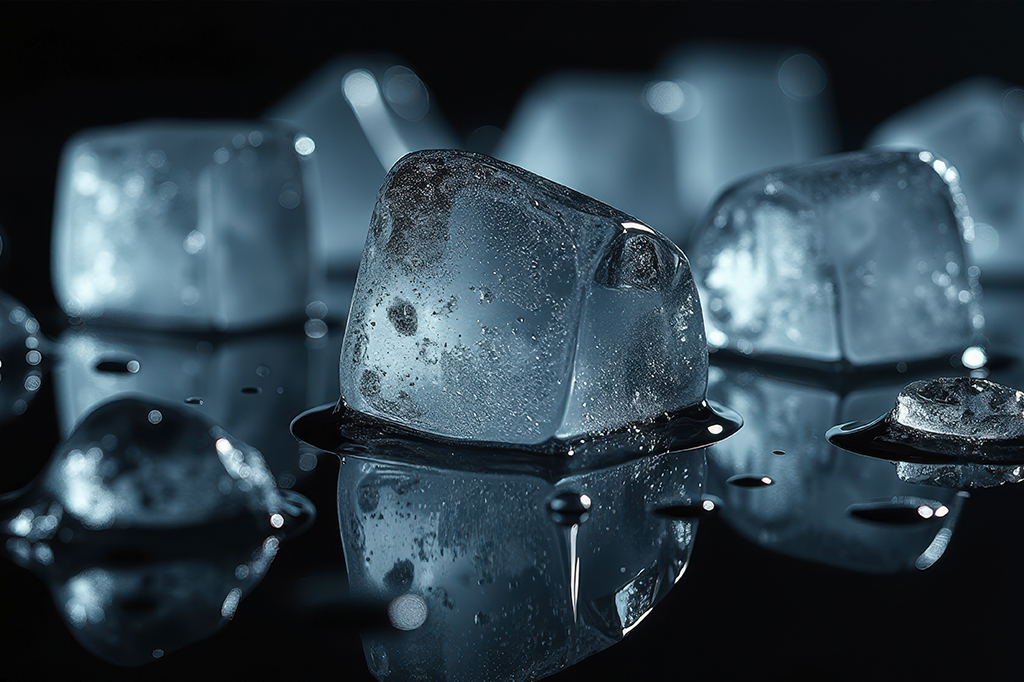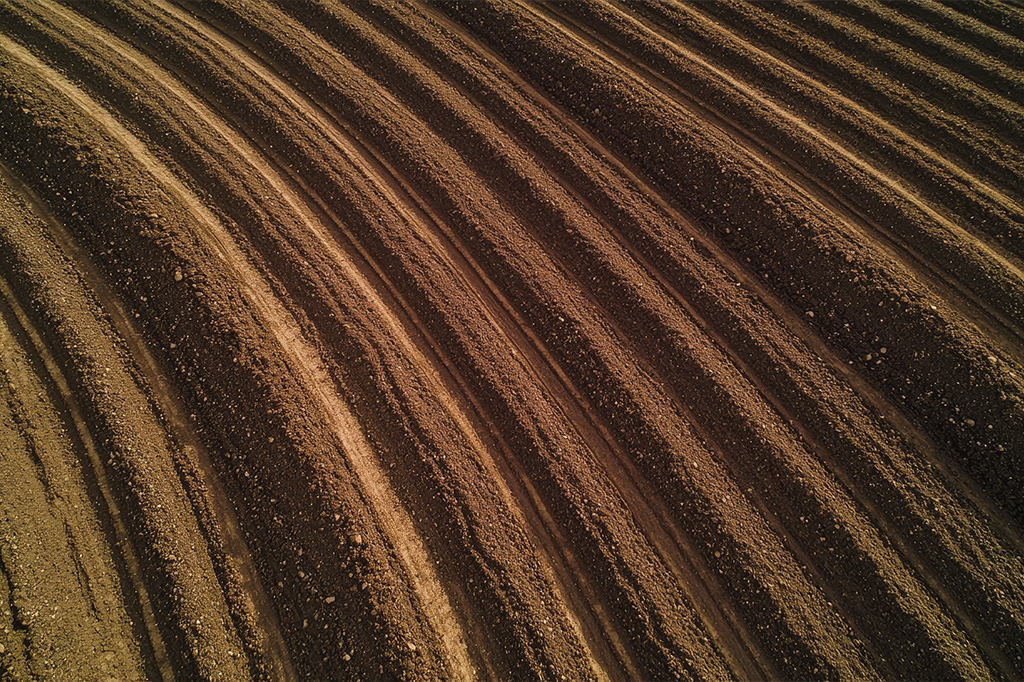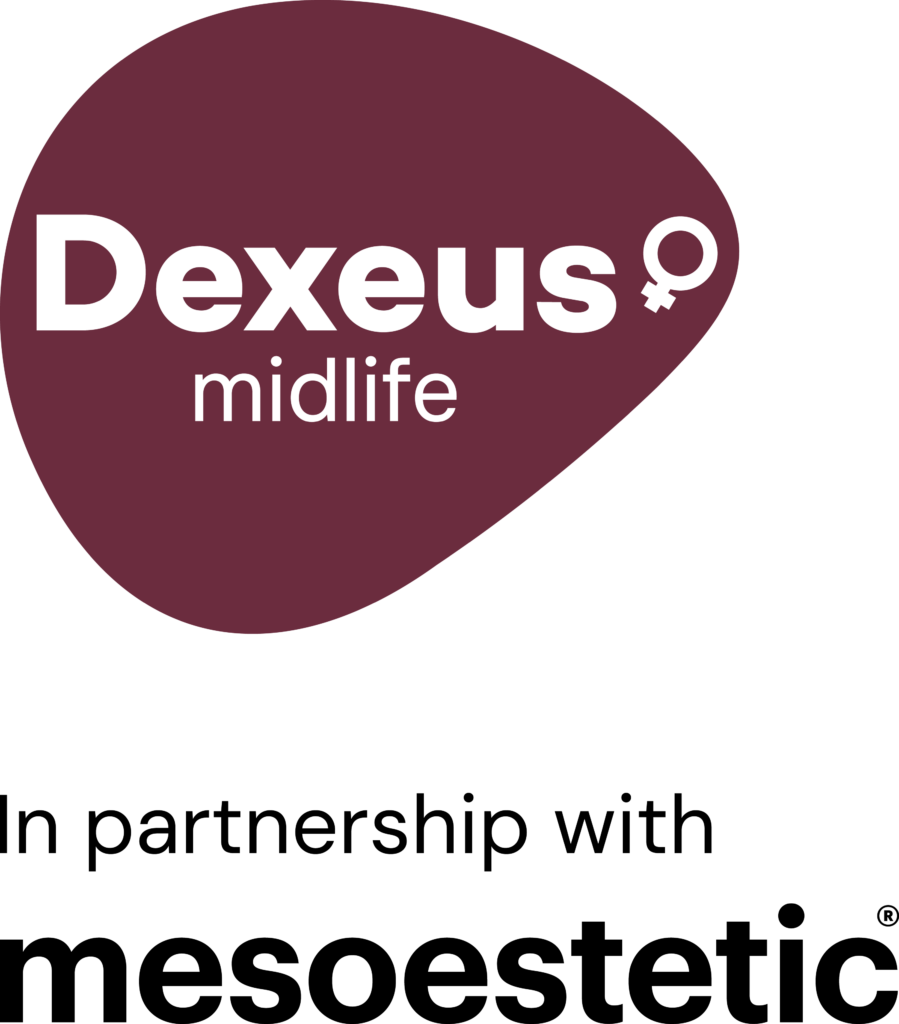Menopause is a natural biological process that officially begins in women after a period of twelve consecutive months without menstruation, although symptoms may appear up to eight years earlier, during the period known as perimenopause.
Perimenopause usually occurs between 40 and 50 years of age, and it marks the beginning of lower fertility and other symptoms related to the progressive loss of progesterone and oestrogen, including skin flaccidity.
Understanding these changes and developing strategies to address them is the most effective way to keep healthy and fresh skin during this transition period.
Causes of the appearance of skin flaccidity during menopause
From the beginning of the perimenopause and especially during the first five years after menopause, women rapidly lose collagen and elastin due to hormonal changes that occur in this phase of life. Collagen and elastin are two types of proteins responsible for providing firmness, volume and elasticity. Collagen forms a network under the epidermis that provides the skin with support, while elastin makes the skin sufficiently elastic to return to its original position when it is stretched. Whether we develop more flaccidity or more wrinkles depends a lot on our personal genetics.
In addition, this is the time when the effects of skin exposure to sunlight throughout life begin to be more visible , which makes a significant contribution to the intensification of this process.
Main symptoms

Sagging and double chin
Loss of firmness in the chin and neck can cause the appearance of jowls or flaccidity in the area. This ends up resulting in losing the oval shape of the face and the appearance of the dreaded sagging. It is undoubtedly one of the skin symptoms that most concern women when they reach middle age, and is directly related to the lower production of collagen and elastin.

Loss of volume
Another factor that contributes to sagging is the loss of skin fat and bone mass during menopause. In conjunction with the loss of hydration, this is one of the keys that contributes to the visible loss of volume. A professional aesthetic treatment that is frequently used to combat this loss of volume are fillers with hyaluronic acid, which, in addition to providing the lost volume, contribute to moisturising the skin and activating the generation of collagen.

Deeper expression lines
The two previous points, the loss of firmness and volume in the cheekbones and chin, in turn, cause the deepening or appearance of the nasolabial folds and the dreaded marionette lines. The face becomes heavier at the bottom, losing its youthful appearance.
Treatments for skin flaccidity
Radiofrequency
Radiofrequency
Radiofrequency has been referred to for many years as a medical-cosmetic technique that redefines facial features, enhances shape and corrects...
Read moreMesotherapy
Mesotherapy
Mesotherapy has been referred to for several years as one of the most effective medical-cosmetic techniques for the treatment of...
Read moreHyaluronic acid filler
Hyaluronic acid filler
Over time, the skin undergoes a series of changes, including the appearance of expression lines, furrows, wrinkles, flaccidity and volume...
Read moreTopical treatments
Topical treatments
Over time, a series of changes occur in both the skin and body; such as loss of hydration and radiance,...
Read moreChemical pee
Chemical pee
Skin renews itself every 28 days. However, over time, this process slows down. To rejuvenate their face, many people opt...
Read moreMicroneedling
Microneedling
Microneedling has been referred to for several years as one of the most effective minimally invasive techniques for treating cosmetic...
Read moreFAQs
Which facial care routine is most recommended during menopause and perimenopause?
First, use a soft facial cleansing product specially designed for sensitive skin that removes dirt without drying skin out. Then use a moisturising cream, preferably with anti-wrinkle components such as retinoids and vitamin C. Lastly, use a high-spectrum sunscreen with an SPF greater than 30 throughout the day.
Why does the skin dry out so much during menopause?
Skin dryness is one of the main problems women face at this stage of their lives. When hormone levels fall abruptly, cell renewal slows down, the skin loses thickness and the skin barrier loses its ability to retain water.
How can I get firmer skin during menopause?
One of the most effective treatments to combat flaccidity and skin sagging is radiofrequency. This professional cosmetic procedure heats the deepest layers of the skin in a controlled way in the dermis area, activating a natural repair process that stimulates fibroblasts and the formation of new collagen. This results in a lifting effect that brings back the oval shape of the face, notably improving its appearance. Radiofrequency also allows the indicated cosmetic products to pass through the skin barrier, providing optimal results.
Another alternative is microneedling, which uses very thin needles to achieve similar effects, or a combination of both techniques.

